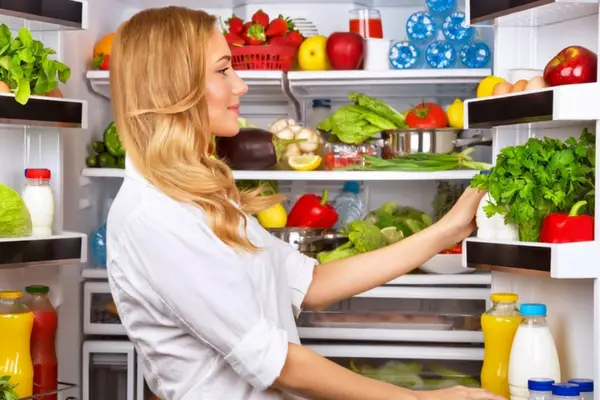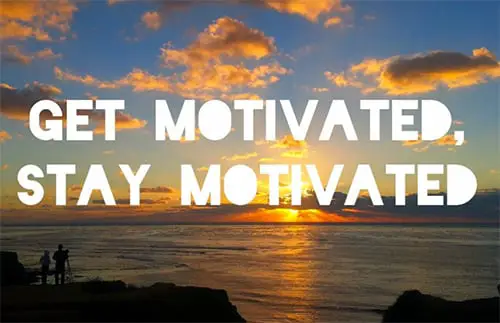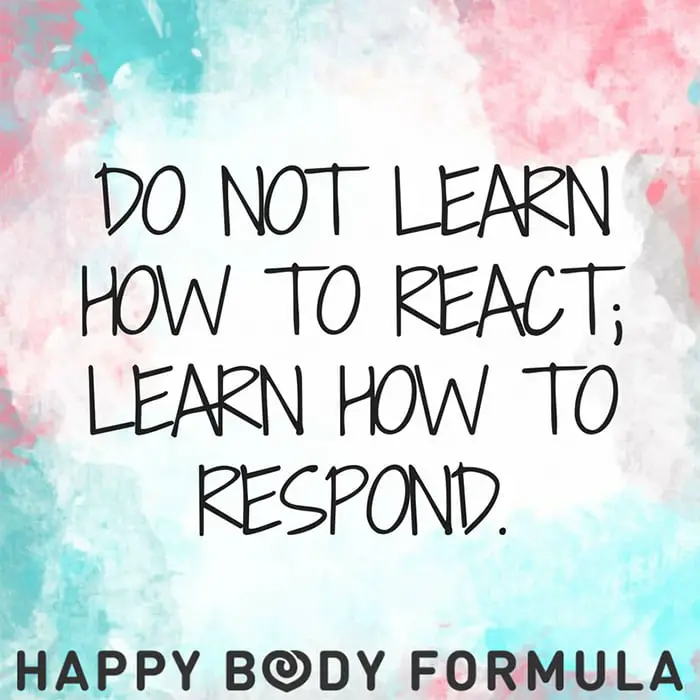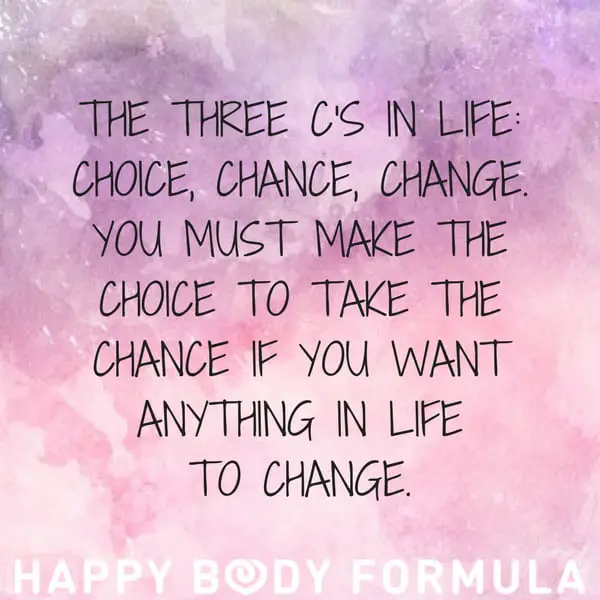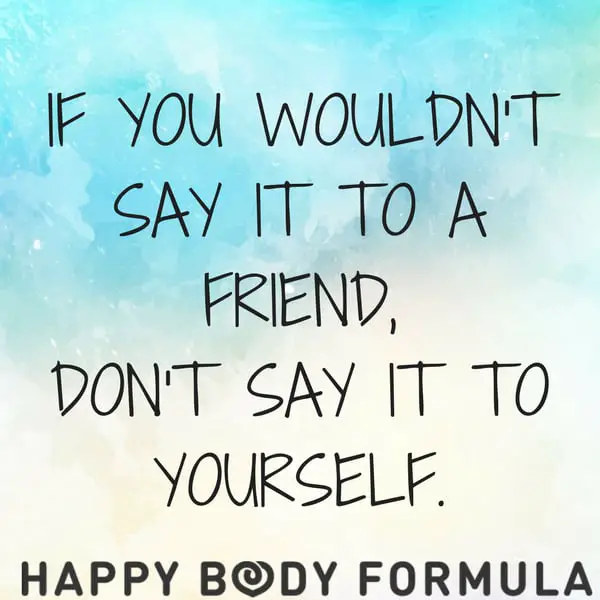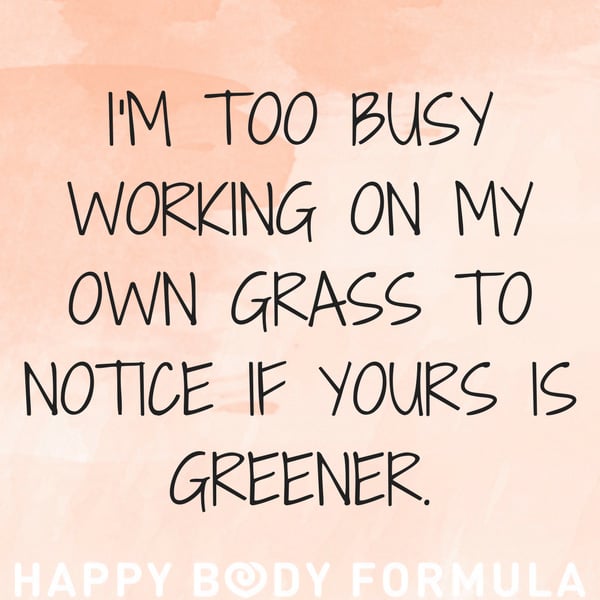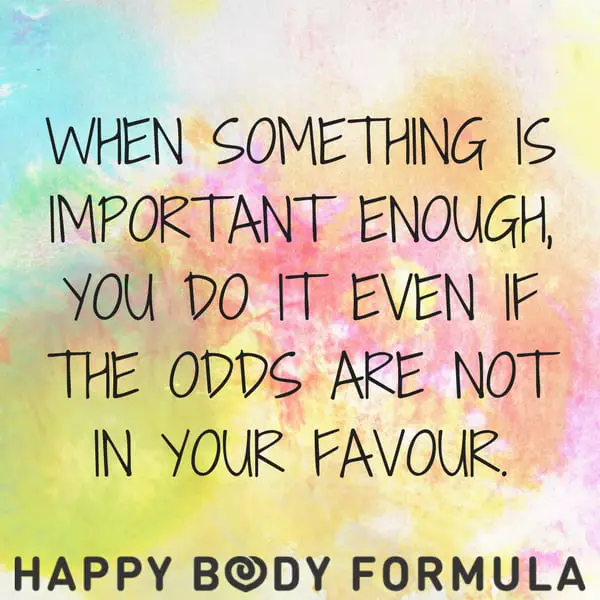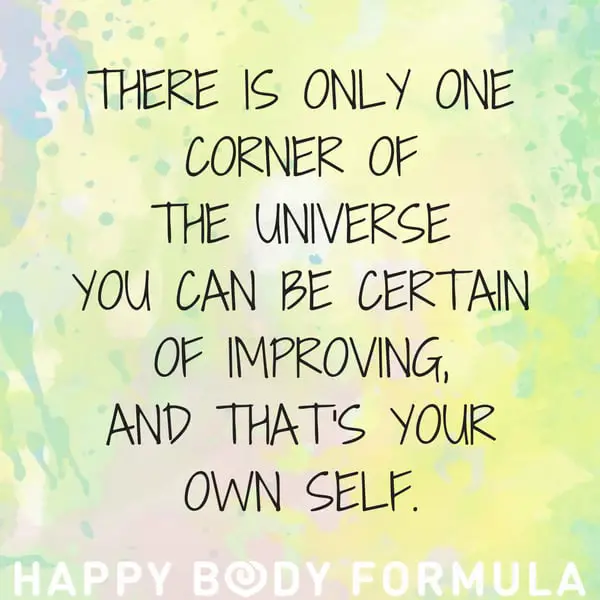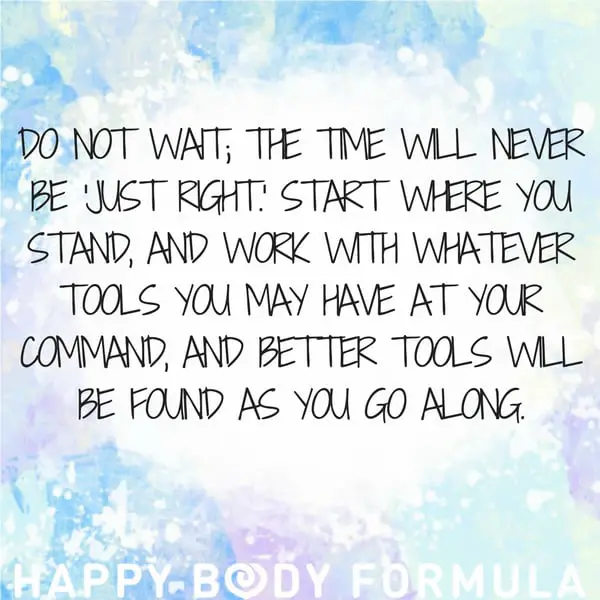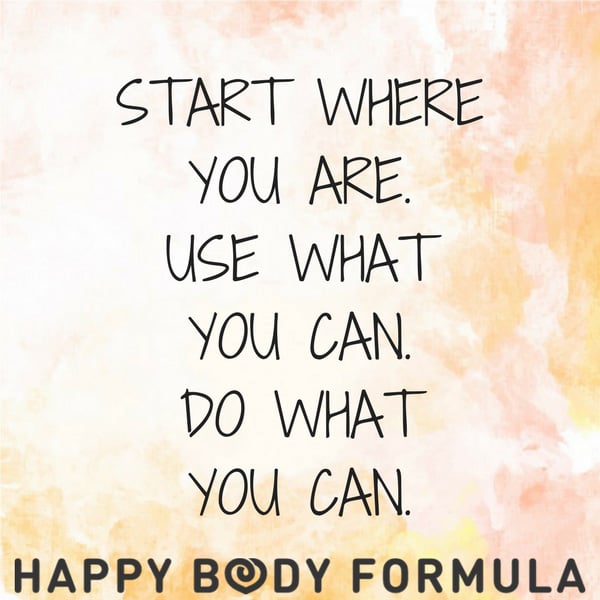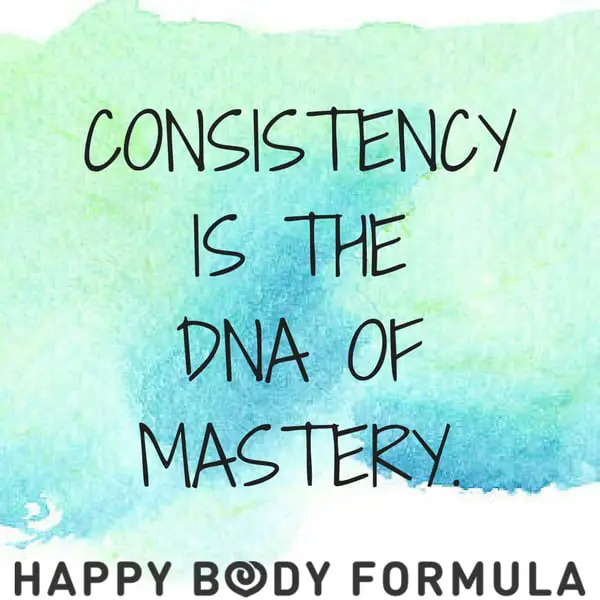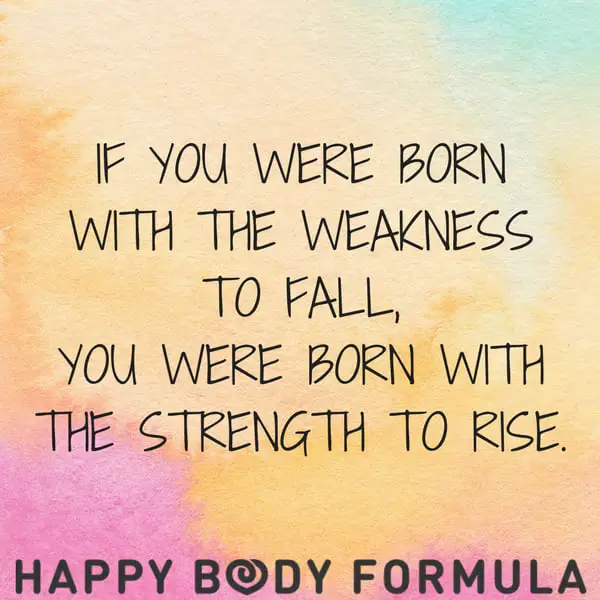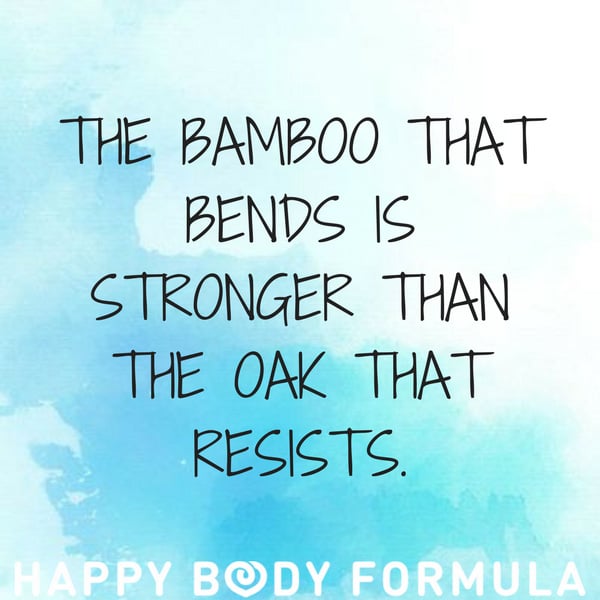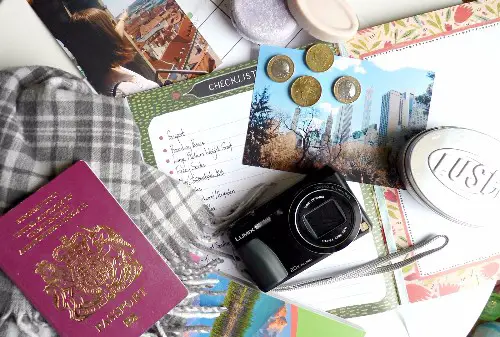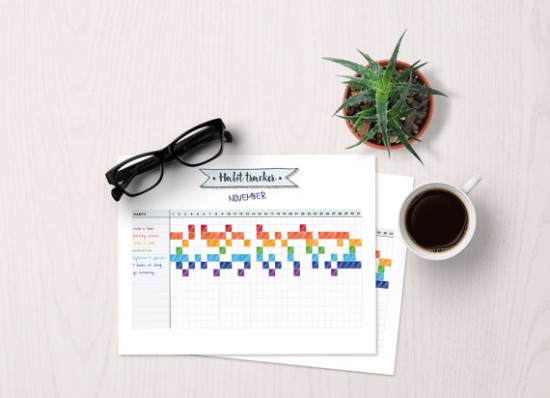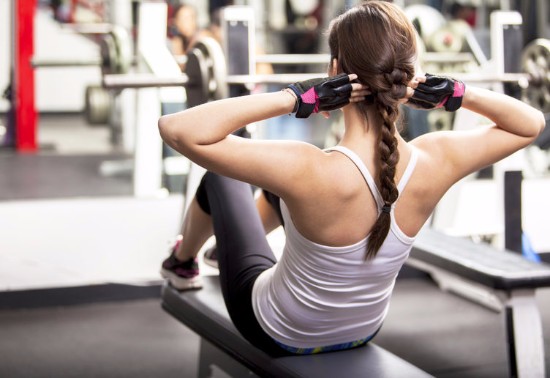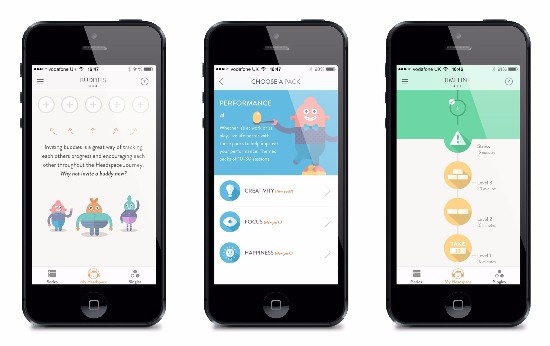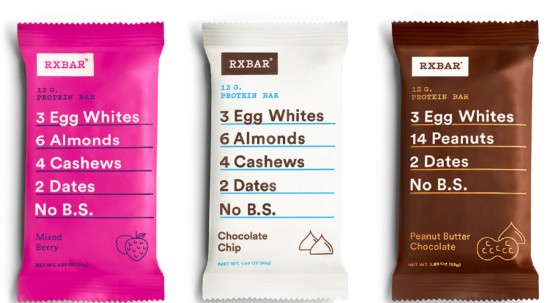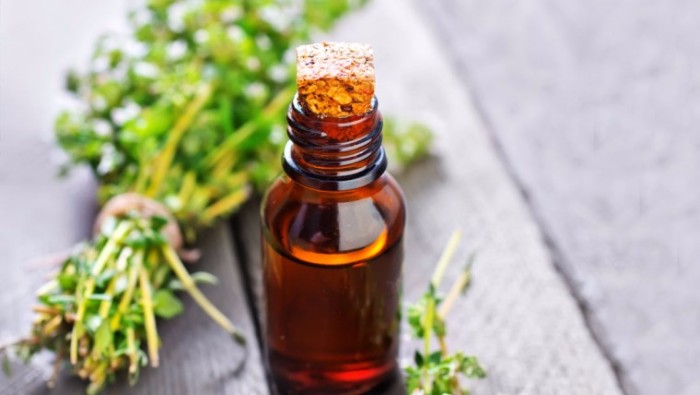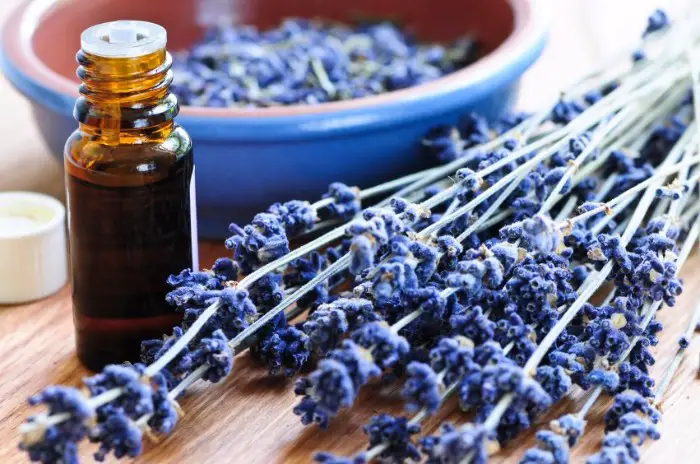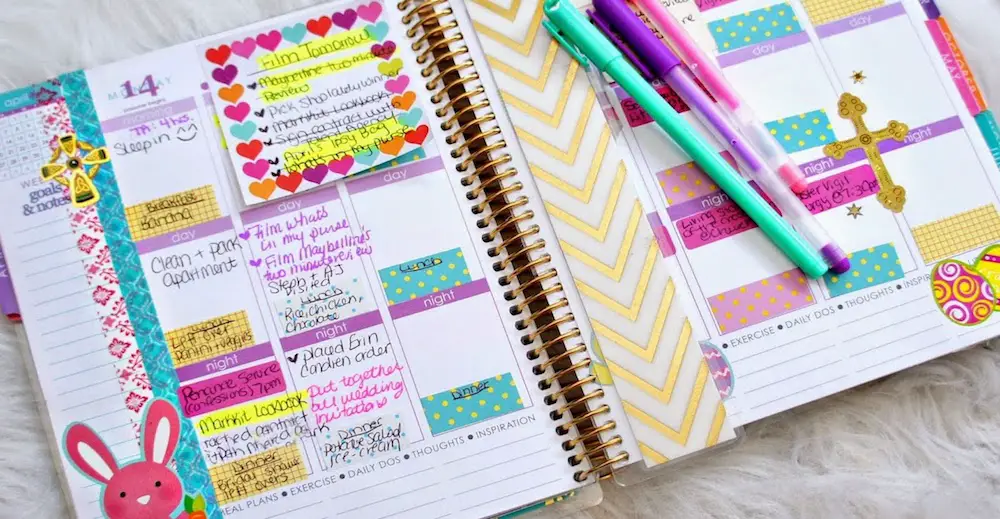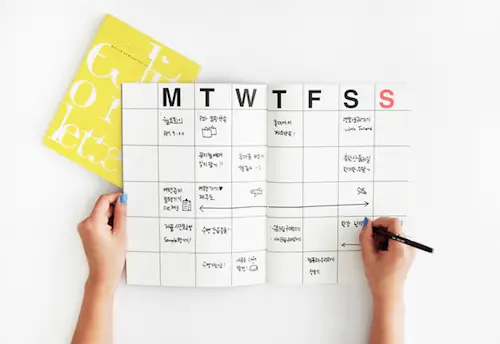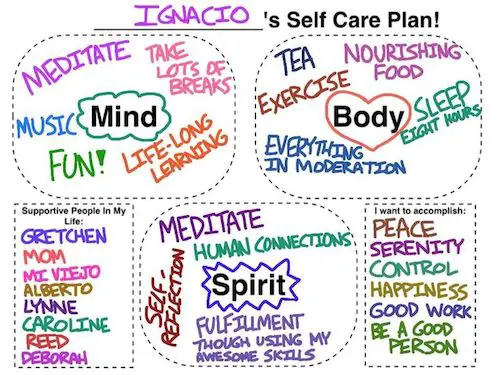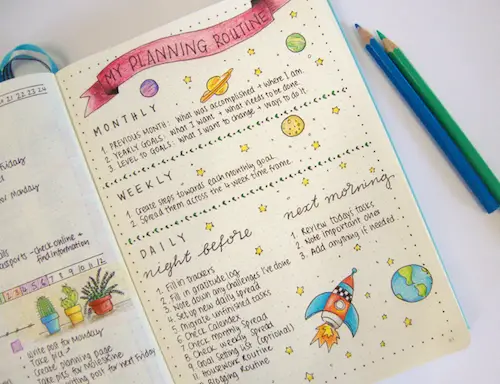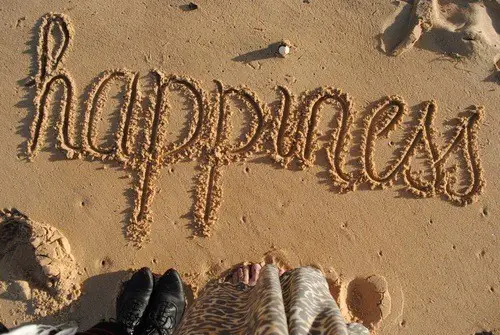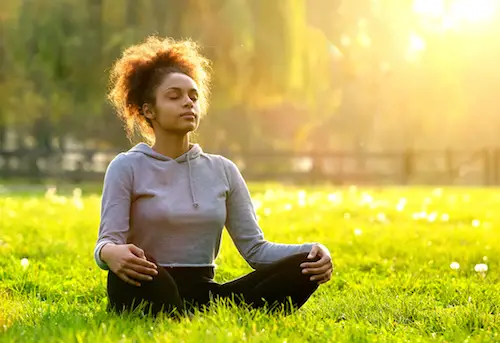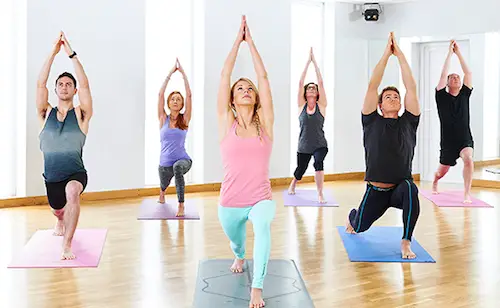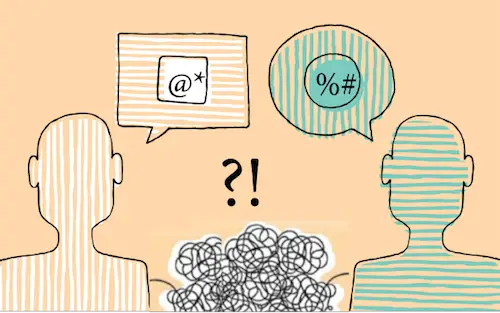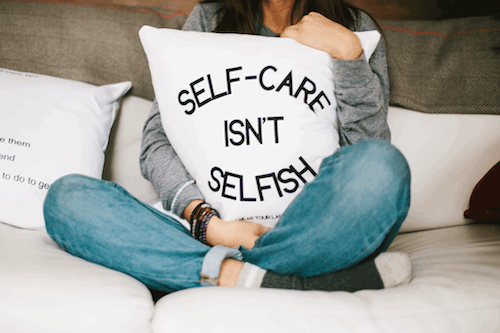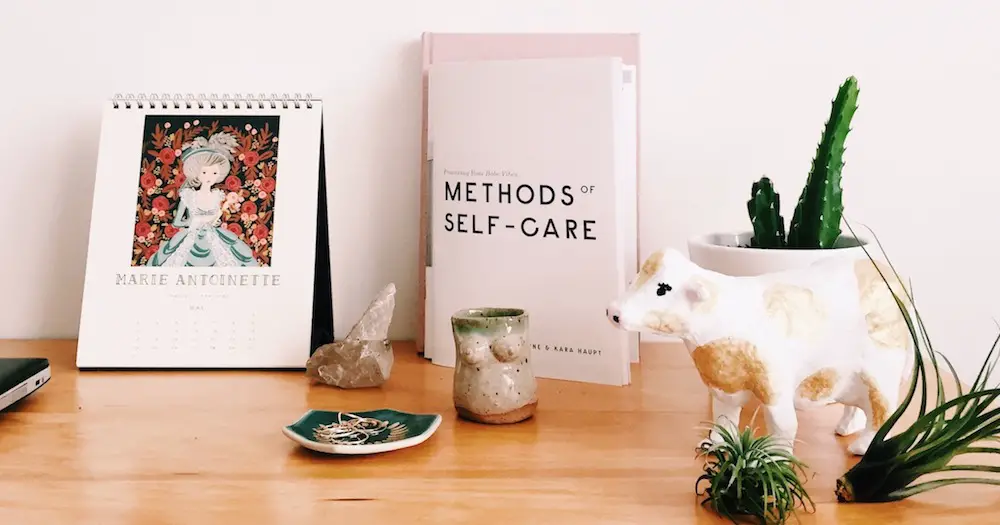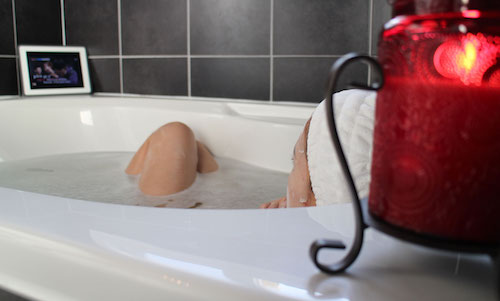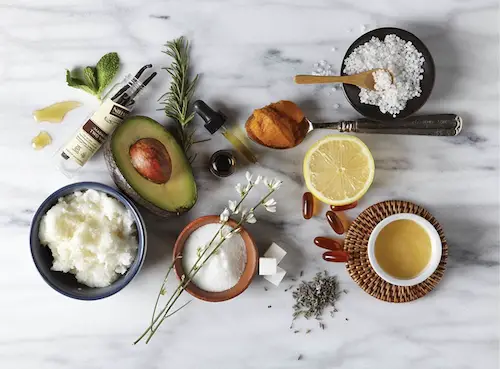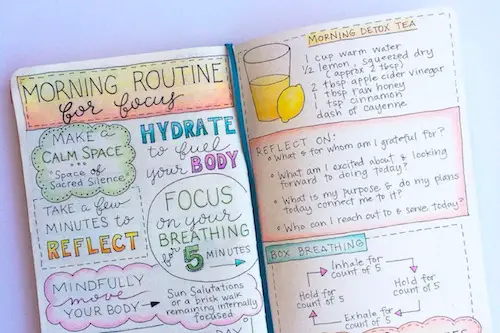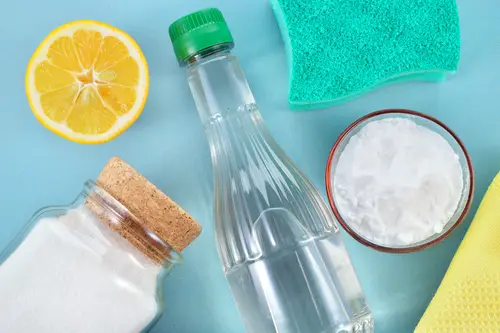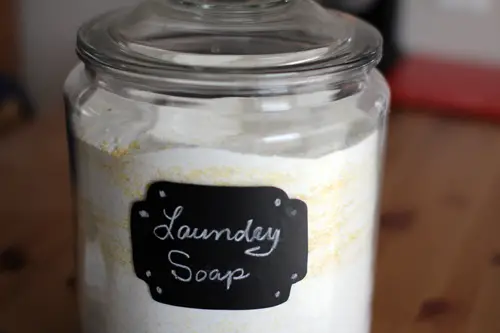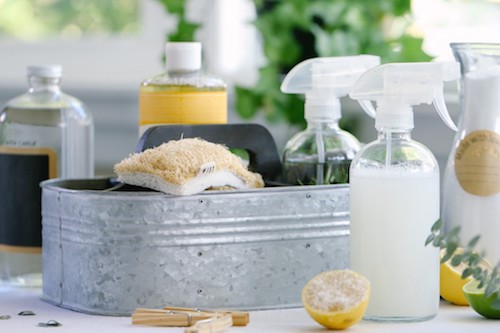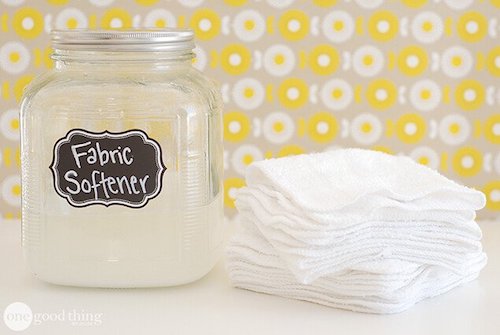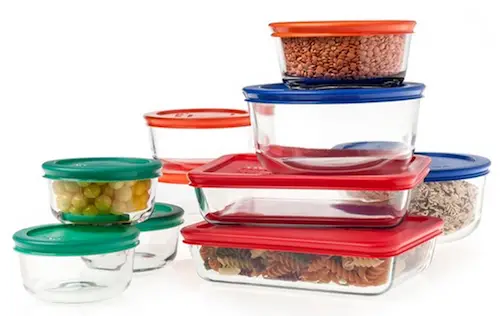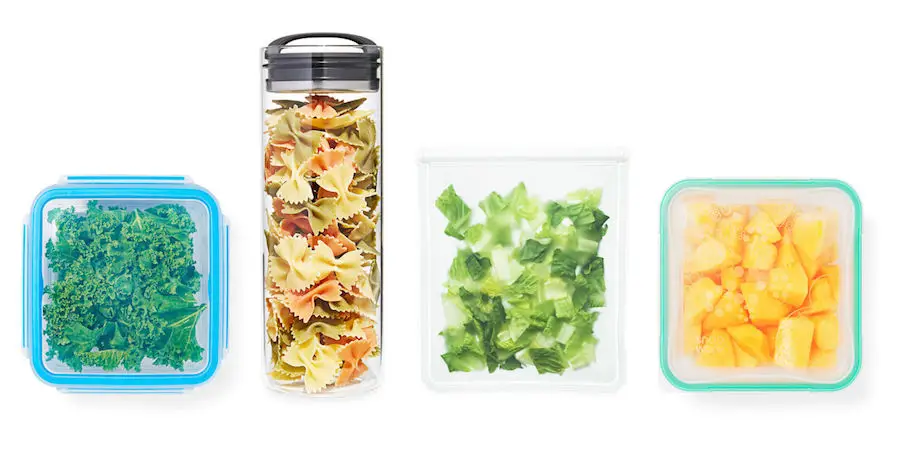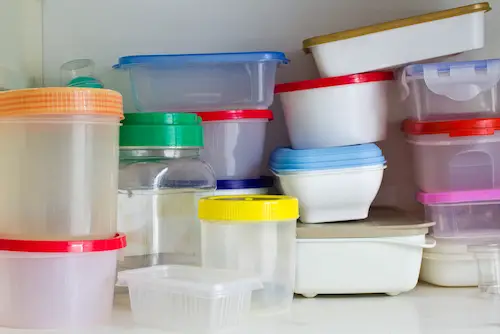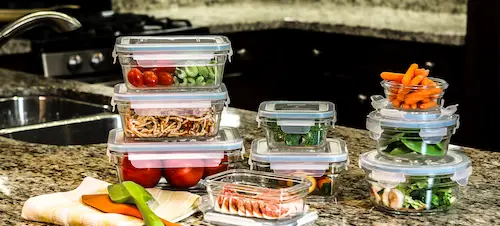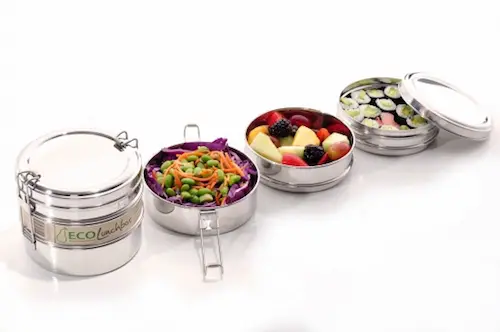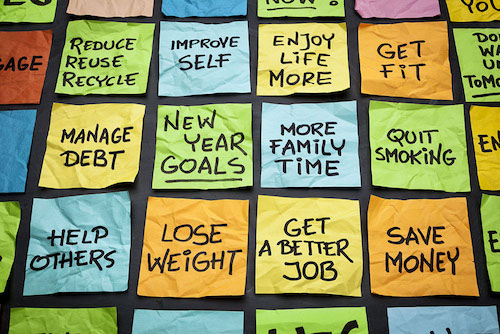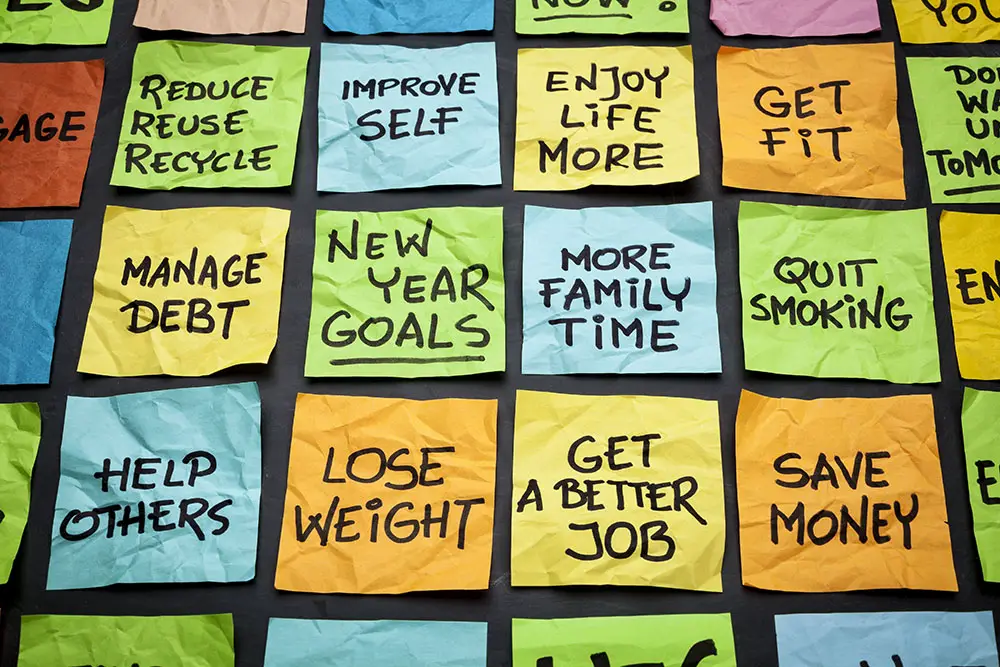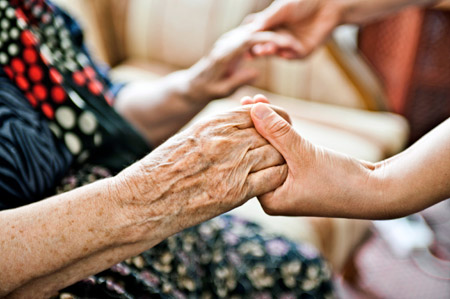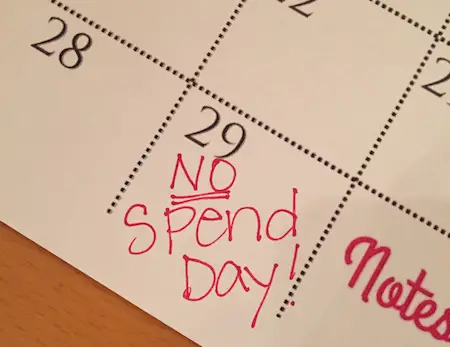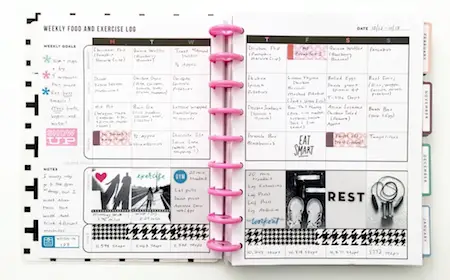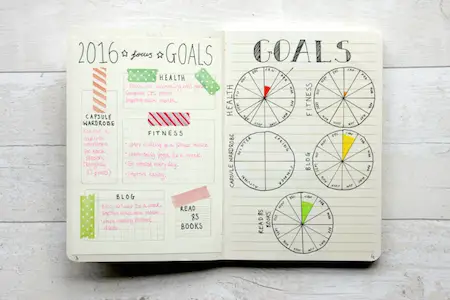There’s the old saying, “Abs are made in the kitchen – not the gym,” and there’s a lot of truth in that. You can work your butt off in the gym and end up getting nowhere – especially when it comes to weight loss – if you’re not paying attention to your nutrition. Eating healthy takes a lot of dedication and preparation, but we’re all about helping you make things easy in the cooking department. That’s why we’ve created a make-ahead meal plan and the 30-day Happy Body Formula program. When you have an outline and rules to follow, you’re simply more inclined to do it by the books.


Whether you find yourself constantly slipping from the routine or just can’t find your groove with a spatula in-hand, these kitchen habits are what we’ve found – ourselves and with our participants – to be the most essential to long-term, sustainable weight loss.
1. Prep your veggies
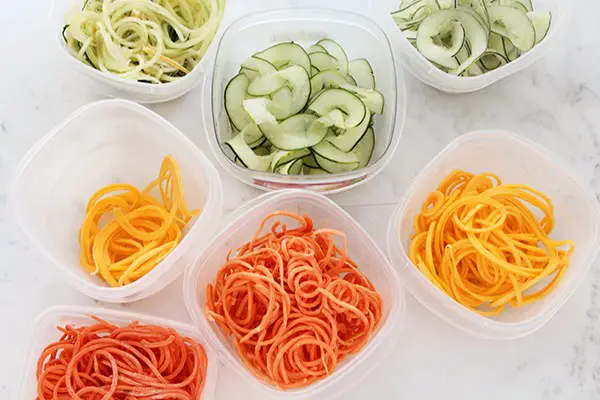

Food waste can become quite burdensome when you shift over to primarily cooking from scratch. One scenario is that you set the bar too high to complete the task of working through all that fresh food and instead opt for eating out a few times over the course of the week , inevitably eating larger portions and more calorie-dense foods. OR, you find the portions of real food to be a bit large. This is actually a common problem that most people don’t expect. When you’re eating protein and veggies, you can really stack your plate high!
If cooking seems like it just takes too long sometimes and you run out of steam, prepping your veggies is a motivational way to actually get around to eating ’em. Use a spiralizer or food processor to easily “noodle” or “rice” your veggies. Chop vegetables to eat as snacks, or slice and dice them for quick and easy stir-fry or addition to omelettes and salads. This way, you produce is accessible, even if you’re feeling uninspired to eat it. We have to create our own convenience.
2. Clean out the pantry
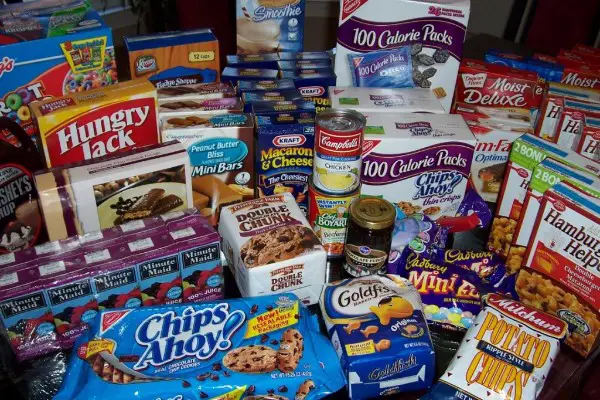

Perhaps before anything, you should rid the kitchen of temptation. Whether or not you’re confident in your willpower and ability to resist, we all face weak moments when chocolate is the only answer, and right now. Having a bar of dark chocolate for emergency situations is a lot different than a pantry full of snacks for the ‘kids’ that you occasionally dip into. Examine your current habits and cravings, and ditch anything that sets you back.
It’s easier to make healthy choices when we make it easy. If you can’t do a full-on clean sweep, at least remove any temptation from direct vision and clear out the countertops. Modern society and eating standards don’t exactly make saying, “No” a simple task all the time. Considering you have the freedom of choice under your own roof, you should be taking advantage of it. Plus, ‘out of sight, out of mind’ works.
3. Prepare for the snack attack
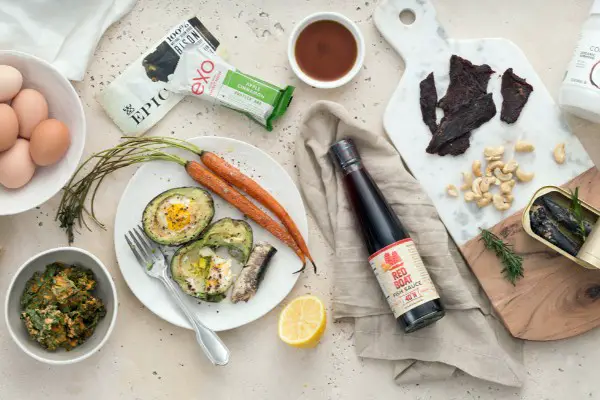

Meal prep is good and all, but when your snack attack inevitably hits, you need to be prepared. A bare pantry isn’t going to lend itself well to healthy snacking, and you’re going to be much more likely to seek that sweet or salty treat from an outside source. Moreover, it’s likely going to be a convenience food, and food that is convenient isn’t notoriously healthy.
Make yourself some pre-measured bags of nuts/seeds, make sure you have fresh, seasonal fruit on the counter, grab some bars you enjoy (we love RXBAR!), boil eggs in the beginning of the week, stock the fridge with protein-rich foods like deli meats, or get a fat boost with nut butter or your favourite olives. Other favourites of mine include kale chips, pork rinds, and half an avocado with some hot sauce. The key is having options at your disposal and having the right portions of these snacks handy.
4. Get into the habit of measuring food
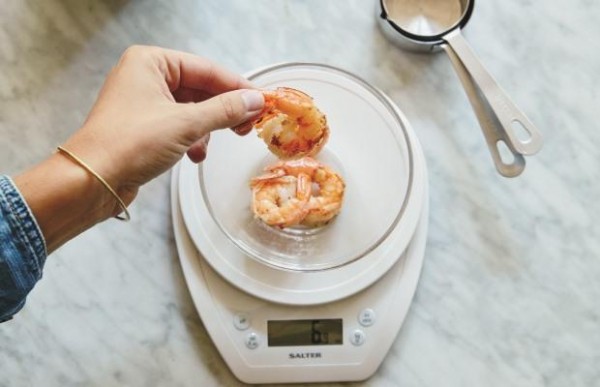

You might be surprised at what you think is a normal portion versus what is actually a normal portion. Whether or not you’re opting to count calories shouldn’t matter. Being mindful of how much you’re consuming is a good habit to get into for weight loss. Use measuring spoons and measuring cups to your advantage for almost-effortless portion control. If you want to get into it, start weighing out energy-dense foods – fatty cuts of meat, nuts, and oil/dressings, in particular. A food scale can be a fabulous addition to the counter if you use it.
Eventually, you’ll have a better eye for what a normal portion looks and feels like. That way, you can be more intuitive about cooking the right amount of food for your goals, and eyeing up healthy portions while eating out. Many people simply have no idea what a normal portion looks like, especially with restaurants dishing out super stacked plates more and more frequently!
5. Buy freezer-friendly foods


This can take on two habits. First, you can buy food that’s already been frozen. Frozen veggies are often picked at their peak and flash frozen, thus retaining loads of nutrients! They could actually be more nutritious than the fresh veggies, especially if you’re buying at a big-box grocer. This also opens up more options. Many grocery stores will have healthy options like frozen cauliflower rice, already-roasted veggies, spiralized veggies, and more. These make cooking healthy meals a breeze, and you don’t have to worry about food waste.
Another option is to freeze produce yourself. You can easily freeze any fruits you have without much more than slicing and dicing them. If you want to freeze veggies, many can be frozen raw, but it’s good to par-boil them first. Lay everything flat in plastic bags for optimal storage, and label them. You’ll thank yourself later. Having a stocked freezer means you seldom run out of options for a quick, nutritious meal.
6. Batch cook
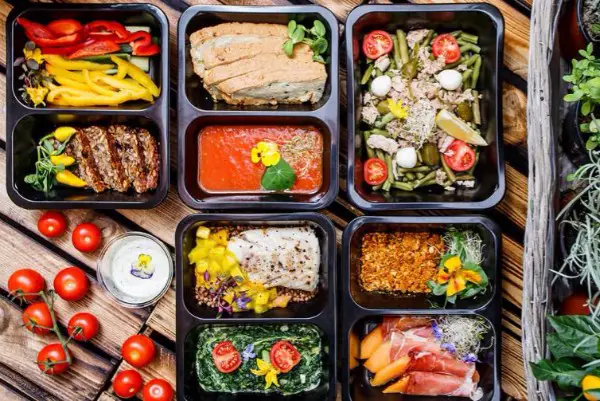

This is a rule we can get behind. You can really adapt batch cooking to your style. For starters, you can choose the standard style of doing some meal prep once a week. Get in the kitchen for just 3-4 hours with a few recipes in hand and portion them out for easy, grab-and-go meals throughout the week. If you need help starting this habit up, check out our free 7-Day Make Ahead Meal Plan.
Another option is to cook as you go throughout the week, but double or triple (depending on how many people you’re feeding) the recipe so you have lunch for the next day. That way, you’re only cooking once or twice a day, but still eating homemade, nourishing, weight loss-friendly meals three times a day. You do the math – it pays off!
7. Reserve leftovers for leftovers


It’s easy enough to head back to the hot food on the stove when you’re still feeling peckish after dinner, but in reality, you likely haven’t given your food enough time to digest. If you have trouble with going back for seconds or thirds, packing up the leftovers into glass containers (check out our safe storage recommendations) and putting them into the fridge will help you differentiate what’s for dinner now, and what’s for dinner later.
For some people, this could really change the portion control game in a pretty simple way, thus helping you reach your weight loss goals. Plus, it reinforces the whole notion of batch cooking. What good are leftovers if you eat them at dinner? No good if they no longer exist.
8. Eat from smaller dishes
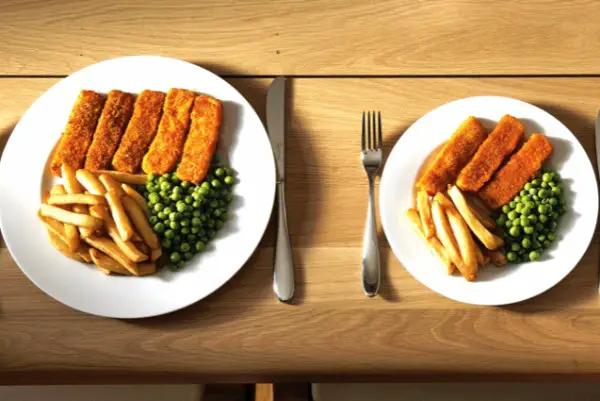

One of the problems we face when we serve ourselves is the plate size. Naturally, we want to fill up the plate. It’s human nature, and it’s what we’ve been taught to do. How many of you are members of the “clean plate club?” Often, it’s ingrained in us that we have to finish every last bite (thanks mum and dad!), but that puts a lot of pressure on us when the plate we’re eating from is large in the first place, and it’s loaded to its edges.
Buy a set of smaller dishes to eat from, and you’ll inherently fill it up with less food. While less food isn’t always better, this is yet another simple way to tap into more mindful eating, getting your portion sizes right, and losing weight. In the case of starches and heavier foods, it can cut back on the amount you’re taking in significantly. It’s still good to measure your food, but consider this a kitchen experiment and see how it goes for you.
9. Make the kitchen a mindful space


Rushing through a meal, scrolling through Instagram as you shovel in food by the forkful, or watching television with dinner on your lap are all big no-no’s if you’re trying to lose weight. When you enjoy eating, pay attention to the flavours and aromas, and focus on how thankful you are for your food, you’re more likely to stop when you’re full and eat more intuitively.
When we’re distracted, our brains aren’t 100% focused on managing our hunger cues which means we’re prone to overeating. When we make this a habit, it really deters us from weight loss and can even contribute to weight gain. Learn more about mindful eating, and start practicing mindful meals with as few distractions as possible. For starters, shut off the TV and leave your phone in the other room. Turn on some music, talk to the company you have, or simply enjoy the peace and quiet.
10. Make smoothie packs
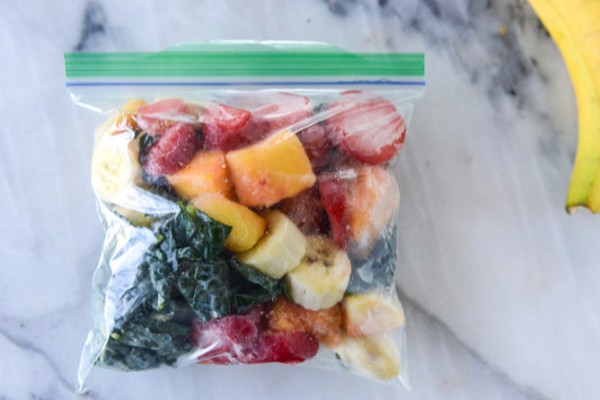

It’s good to have a freezer packed with food, but you want some easy-to-make options in there as well. Making smoothie packs could be the answer. Use some of your favourite fruits, add in some healthy fats from avocado or coconut milk, toss in a handful of greens, and you’re good to go. This makes smoothie blending in the morning simple, and you hardly even have to think about it. That way, you can measure the ingredients ahead of time.
When you blend up, consider adding some collagen peptides or one of our recommended paleo protein powders to make it a complete meal. If you don’t have a blender, it’s time to get one! We recommend the NutriBullet. Take the 7-Day Green Smoothie Challenge if you want to experiment with new and exciting ways to get in those nutrients. For those struggling with weight loss, making one liquid meal per day can really help keep hunger in check if you use the right ingredients.
Feel free to comment below with your own kitchen tips that helped get you in shape. What’s your secret? If you liked this article, make sure to share it!
PIN FOR LATER FROM HERE
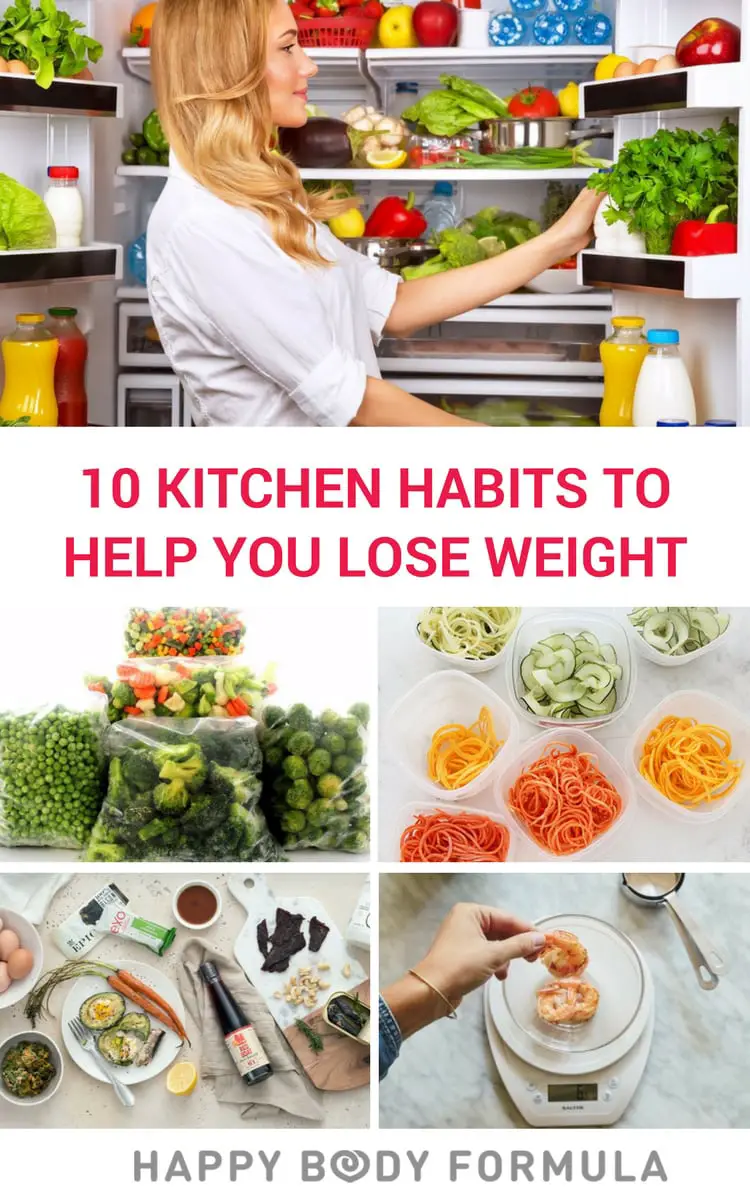

Music, mountains, dogs, travel, food and friends.

